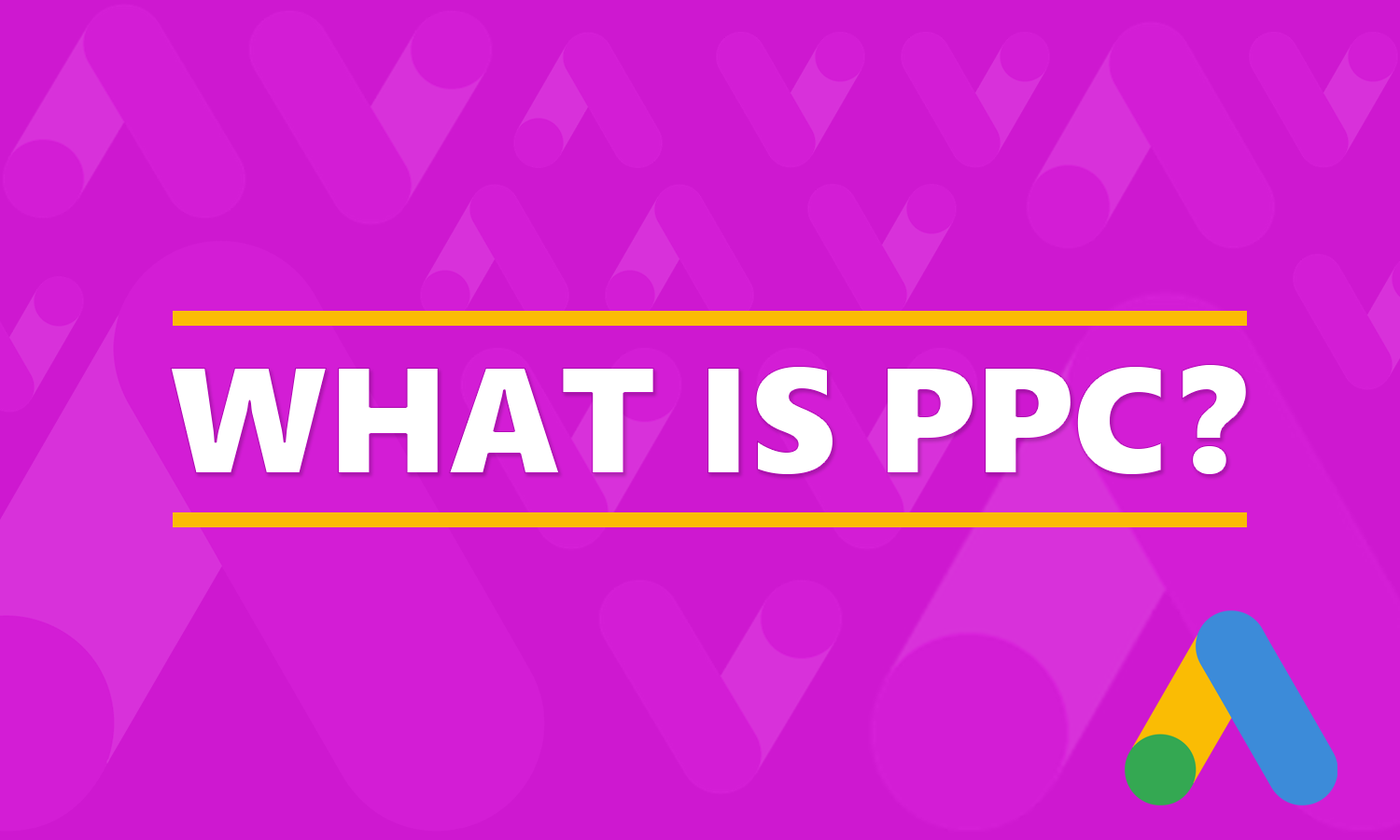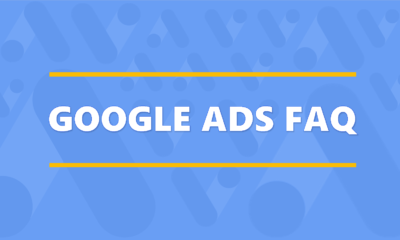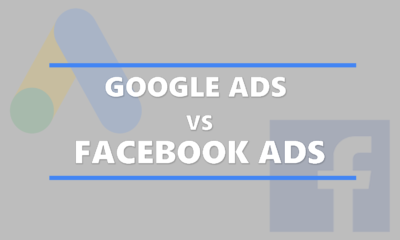Hey, are you currently selling something? Thinking about selling something? Got a business? Getting ready to start one? If so, then you need to understand a very big part of the overall digital marketing landscape; paid search advertising. Also known as PPC or pay-per-click marketing.
What Is PPC?
Advertising, when used effectively can be a fantastic way to get your message out and in front of prospective customers. Arguably the most popular online advertising model is called PPC. PPC stands for pay-per-click. It is also referred to as paid search advertising. The goal of a pay-per-click ad is to lead the person who clicks on it, directly to an advertiser’s website or app where they can take some kind of an action (make a purchase, make a phone call, sign up for a newsletter, etc). Ad platforms such as search engines are popular because they allow advertisers to show relevant ads that match what people are searching for. Services like Microsoft Ad and Google Ads use what is known as real-time bidding (RTB), which happens in a private auction between the platform and data providers who offer real time information about users’ purchasing habit, allowing them to tailor advertisements accordingly.
Whenever someone clicks on your ads, you have to pay a small fee to the search engine. If your PPC is effective, then this cost will be minor as the visit has more value than the cost you incurred. Put another way if an ad click costs $2 and results in $200 sale’ then you have just made a nice little profit!
There is quite a bit that goes into building successful PPC campaigns. You have to perform research and select relevant keywords, organize those keywords into well-organized campaigns and ad groups, as well as set up compelling landing pages that are optimized for conversions (leads and/or sales). Additionally, there are a myriad of ways to target prospective customers outside of just using keywords. Each platform has unique audience targeting options.
If you don’t know what you are doing, it can be very easy to spend a good deal of money without getting meaningful results that lead to a positive ROI. This is why having effective PPC management resources is very important.
How Paid Search Advertising Works
Whenever there are ad spots available on a search engine, a lightening-quick ad auction takes place for the keyword. The result of this auction depends on factors such as your bid amount, how relevant it and the quality of your ad. There are other factors but it is beyond the scope of this article. Learn more about Google’s ad auction.
What triggers these auctions? For search engines like Google, a person performing a search will trigger the auction. Part of the results they can see from a given search are ads called Google Ads. The advertisers who win the auction will have their ads displayed to users.
Oftentimes there are multiple ad spots available which means multiple advertisers can have their ads appear for a single search.
To take part in these auctions, advertisers will need to use ad accounts on platforms like with Google Ads, which let you build out ads and decide when and where you would like them to appear.
Basic PPC Terminology
I’ll go over some basic terms and concepts of PPC without turning this into a full-fledged glossary. But, if you do have interest in learning more basic terminology then check out the Google Ads glossary.
CPC (cost-per-click) – This is the cost you incur whenever someone clicks on your ad.
Clicks – The number of times someone actually clicks on your ads. Pretty straightforward.
Impressions – This is how many times your ad was shown.
CTR (clickthrough rate) – This is the percentage of people who actually clicked on your ad. It is calculated as follows: clicks / impressions = CTR.
Keywords – These are the words you choose to target. They are generally words and phrases you think your target audience would use while searching on Google. Learn more about Google Ads keywords and different keyword match types.
Location targeting – This is how you can choose, geographically, where you want your ads to show up. Common ways you can target your ads include by country, state, county, city, zip code and radius targeting. Radius targeting is where you can choose a specific location like a town or business address then target in a mile radius around that location.
Device targeting – This is how you can choose what types of devices you want your ads to show up on. The three basic devices can be broken down into desktop, tablet and mobile. With Google Ads, you can actually choose to Not run ads on a specific device and you can choose to increase or decrease your bid percentage per device.
Ad scheduling – This allows you to choose what days of the week and times of day you want to run ads. If you only want to run ads during your business hours, then you can do that. You can also choose to run ads 24/7. Additionally you can choose to increase or decrease bids at certain times of the day. For example, you could choose to run ads from 9 to 5 pm but increase your bids by 20% on Mondays from 9 am – 11 am.
Budget – With most platforms you would set a daily budget. This is how much you are okay with spending per day. There are several nuances when it comes to setting your budget, so it will be important to understand how it works for the different advertising platforms you will use. Here’s a breakdown of how Google Ads daily budgets work.
Benefits Of Paid Search Advertising
Businesses both big and small have come to realize the benefits of PPC. There are a growing number of benefits of paid search and those benefits can be different for different types of businesses. Below is a brief list of some of those benefits
Measuring your results – Compared to offline advertising, being able to measure the effectiveness of your PPC advertising is much easier. You can see how much you are spending on, how many clicks your ads are generating and how much money your ad campaigns are generating. This gives you the ability to the actual ROI of your investment in paid search. .
PPC Advertising Platforms
Ok, so there are a plethora of paid search advertising platforms at your disposal. In this article I’m only going to briefly touch on the biggest one. That is Google Ads.
Google Ads is the most popular paid search advertising platform on the planet. It is Google’s cash cow that generates billions of dollars in revenue every year. It is now over 20 years old and has evolved quite a bit over the years.
This PPC platform allows advertisers to create ads that appear in Google search and various Google properties. Google operates on a pay-per-click (PPC) model, where advertisers bid on keywords and then pay whenever people click their ads. Every time someone does a search, Google selects from its pool of advertisers and chooses an advertiser’s ad to show up at the top of its page with other possible results below it in order of relevance. This is the Google Ads auction in a nutshell.
More specifically, Ad Rank decided which ads will appear on the page. Ad Rank is calculated by multiplying two key factors:
- Cost Per Click (CPC) Bid – this is the maximum amount an advertiser is willing to spend per click.
- Quality Score – this is the value that takes into account your click-through rate, relevance and landing page quality.
The ranking system allows advertisers to reach their target audience at a cost that fits their budget goals. There is a lot that goes into Google Ads management and learning how to use it effectively. Google does have some pretty extensive training if you are interested in learning more.
There are many other PPC platforms that are used by businesses big and small for both lead generation and online sales. For example, Facebook and Amazon have emerged as very strong PPC options for businesses. To learn more about, check out this list of some of the best places to advertise online.
Ad Networks & Placements
Within each PPC platform, there are different places your ads can appear. With Google, they have two main networks where ads can appear. These networks are Google Search and Google Display. Within each of these networks are various placements where ads can appear. With Facebook and Instagram, you also have various placements you can choose from. Each platform has their own terminology so you will want to get familiar with them. The point is, you will have options for where exactly you want to place your ads within each PPC platform. Below is a quick breakdown of Google Ads and Facebook.
Google Search – This is where you can see both regular text ads and shopping ads in the Google search results pages.
Google Display Network – This is where you see ads on other websites. The types of ads tend to be image ads but you can also see text ads and video ads.
Youtube – Yep, Youtube advertising is run through Google Ads. If you have videos you want to run as ads on Youtube, then this is where you would do that.
Gmail – Although not as common, you can run ads in Gmail.
Apps – Google’s app network is vast and you can run ads within apps that are apart of Google’s app network. This is similar to display ads but just isolated to apps.
Facebook & Instagram
Note: If you want to run ads on Instagram, then you would do that through Facebook’s ad platform. Facebook bought Instagram back in 2012 and just rolled it into thei
Feeds – This is where you can run ads in the various feeds on both Facebook and Instagram.
Stories & Reels – This is where you can run ads in Stories and Reels on Facebook and Instagram. If you have ever seen ads on your mobile device that take up the entire screen, then you have seen these ads.
Reels Overlays – These are banner ads than can popup on Reels videos
Search – These ads can show up when people are searching on the platforms.
In-Stream – This is for showing ads on videos people are watching.
Messages – This is where you can send offers and messages to people who are already connected with your business.
In-Article – This is where you can engage with people reading content from publishers in the Facebook network.
Apps – This is for running ads in external apps and websites apart of the Facebook network.
The Wrap Up
So, now go spend money on ads. Just kidding. As you can see there is alot to learn when it comes to PPC. It acts like a lot of traditional advertising in that you create advertisements and try to get them in front of your target audience. In this case, we simply do it online.
Ads can appear in Search engines like Google, on social media platforms like Facebook and Instagram, on millions and millions of websites, in the apps we use on our phones and just about anywhere else you can think of online.
From a cost standpoint, you pay every time someone clicks on your ad. Hence, pay-per-click advertising. From a tracking standpoint, you can track all of the leads or revenue generated from your PPC advertising. This makes measuring your ROI much easier. For example, when we run Google Ads for eCommerce clients, we setup tracking so we can see the actual revenue and ROI in the Google Ads dashboard. This type of data is extremely important when it comes to making business decisions about your marketing dollars. It allows businesses to determine where to spend their marketing dollars.
Paid search is just one option for marketing your business online. You can invest in Social Media and Search Engine Optimization (SEO), for example. If you want to learn more about SEO then check out this beginners guide from Moz. A common one-two punch strategy for online marketing includes the use of paid advertising and SEO. If you were to ask me what the top 3 online marketing tactics many businesses implement it would be a combination PPC, SEO and Social Media. The order of importance depends on the type of business and its marketing goals. But, PPC typically plays a role and is definitely a good place to begin exploring when looking into where you should put your marketing dollars.




